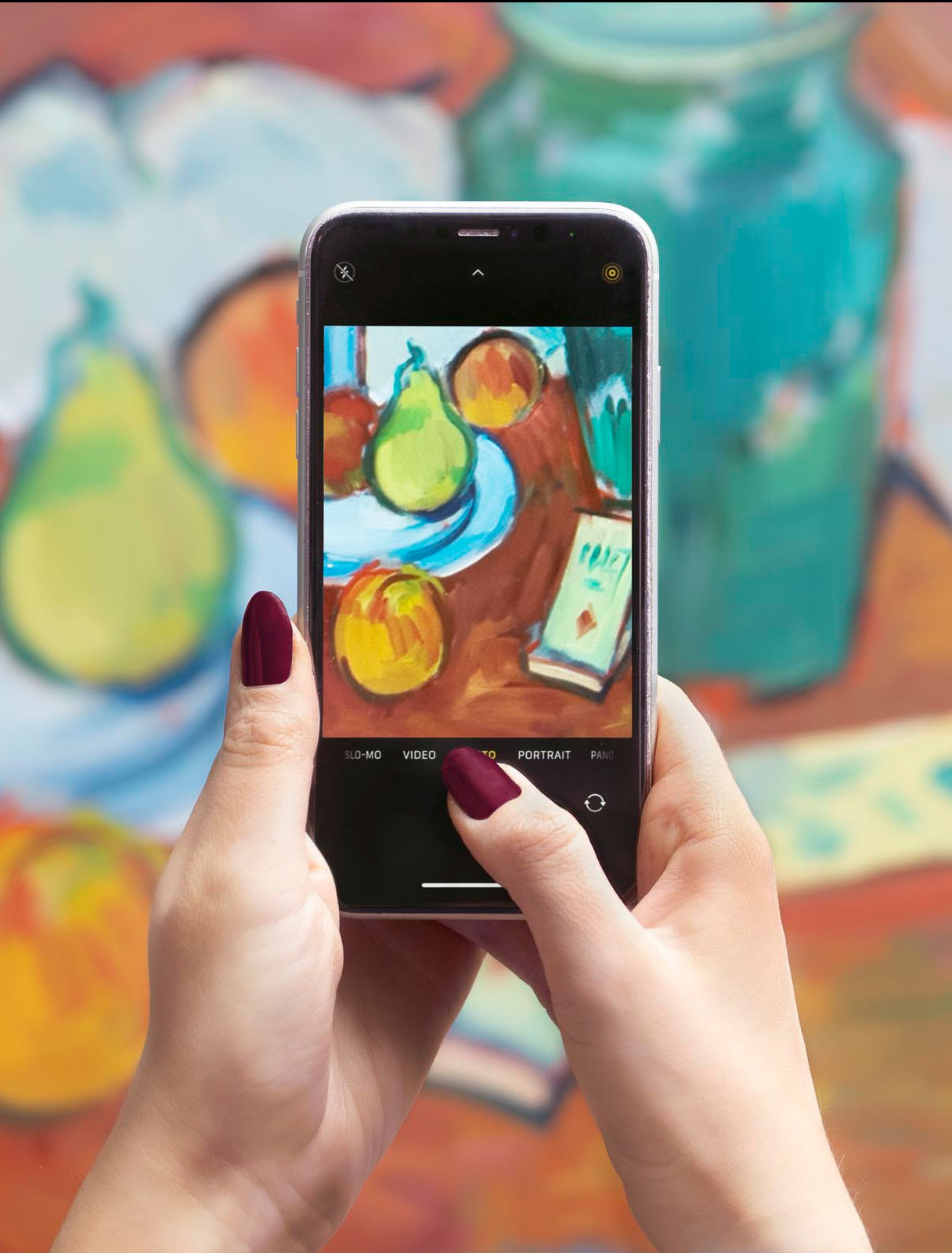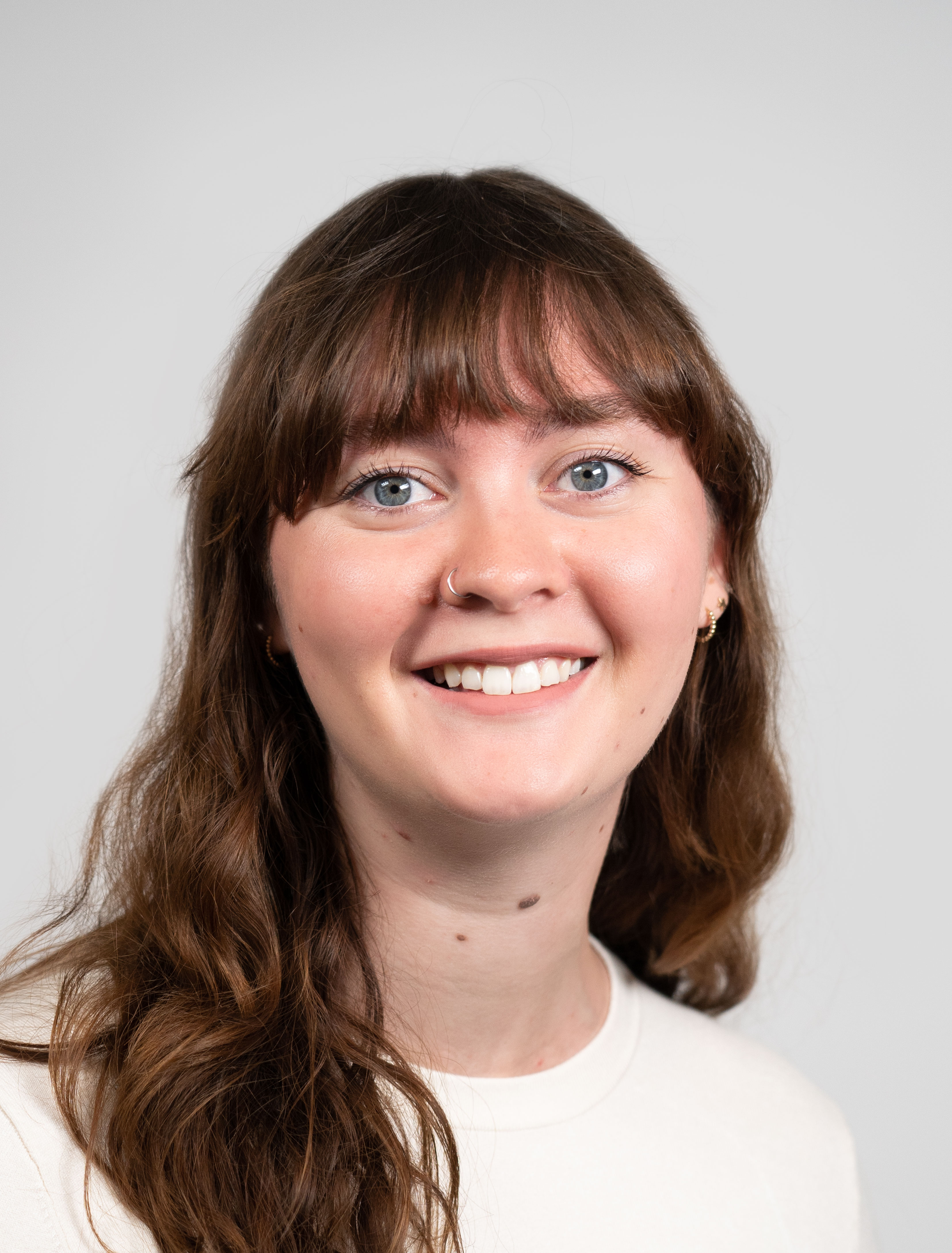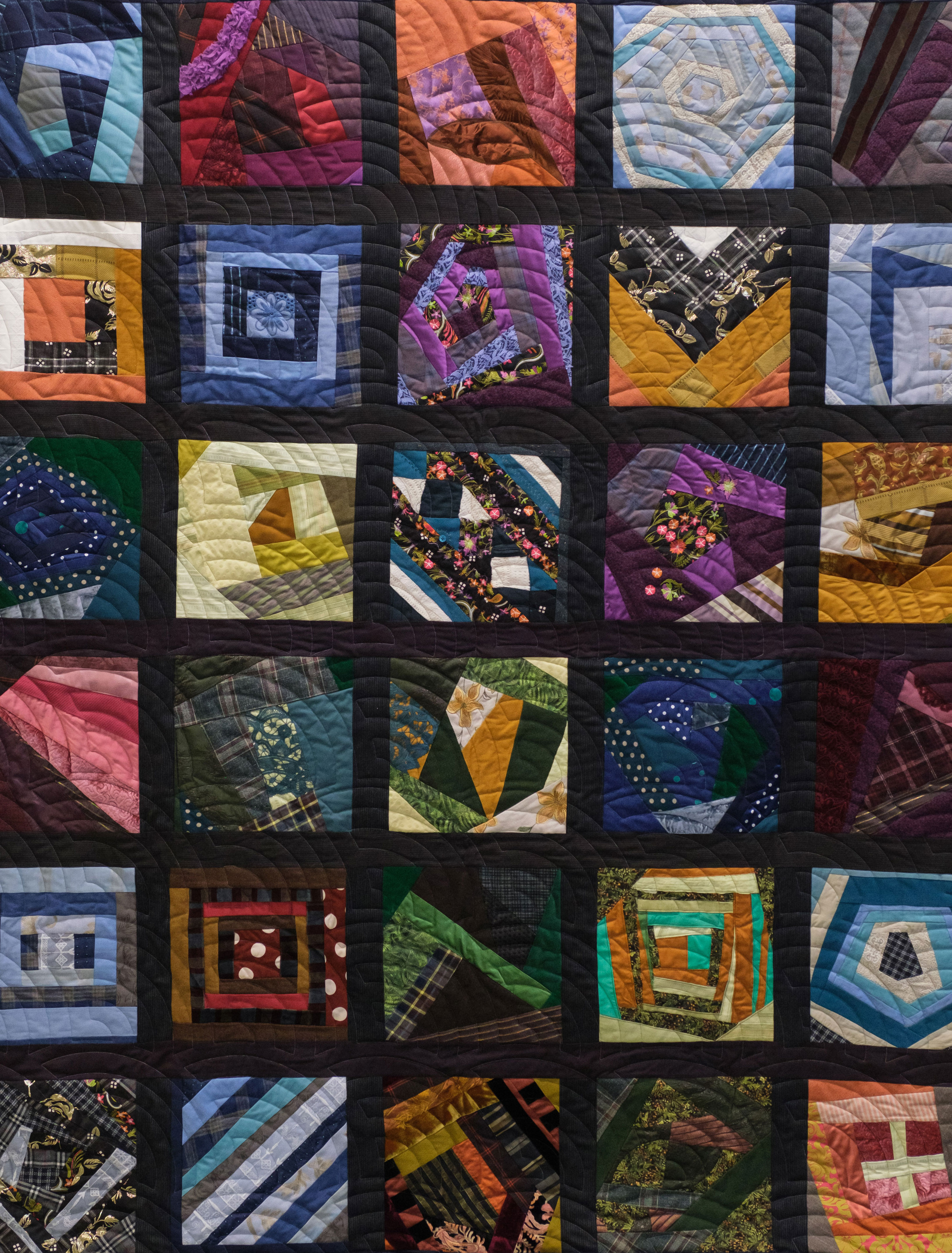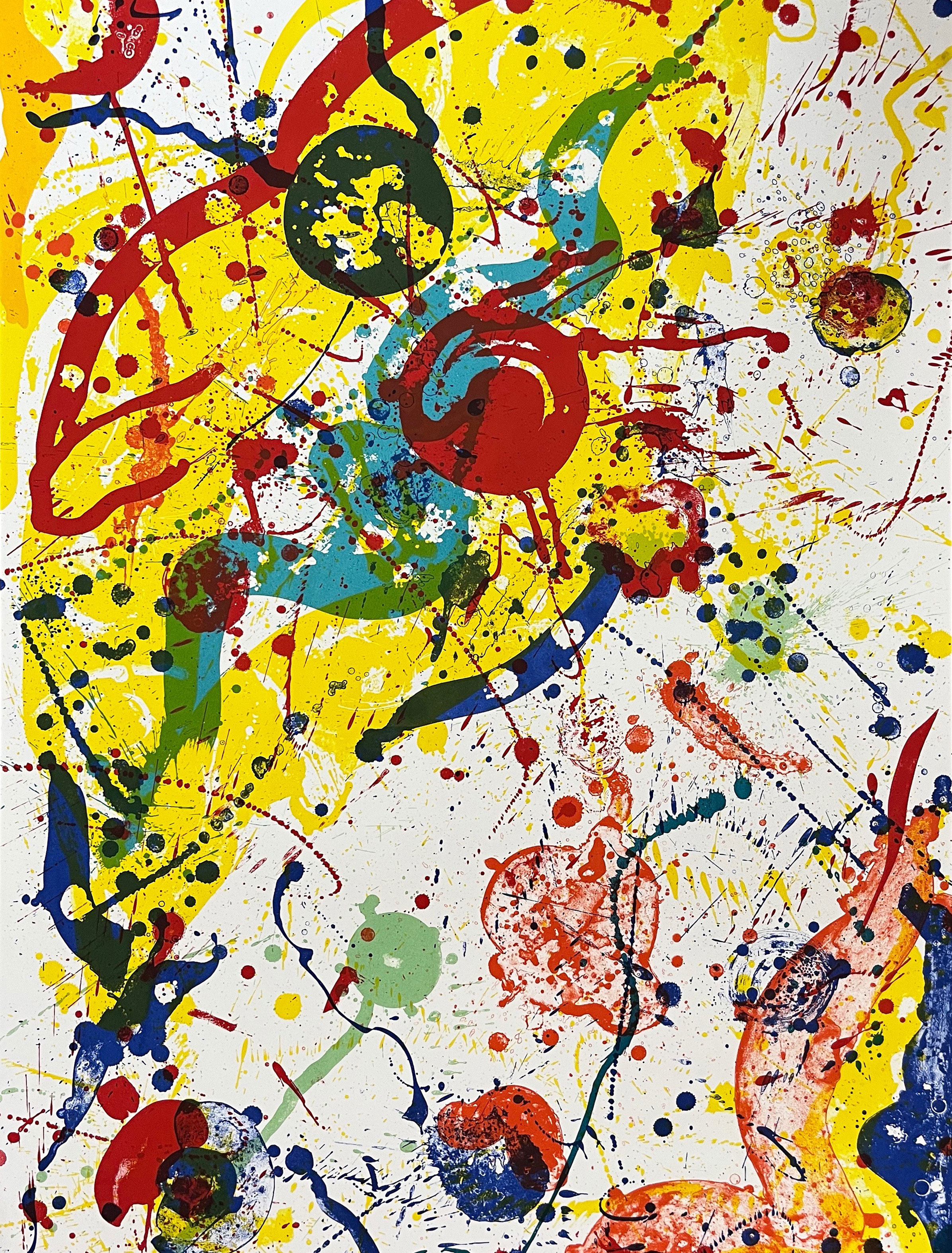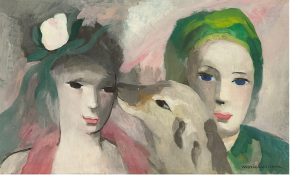
Painter, printmaker and stage designer, Marie Laurencin was a central figure in the Parisian avant-garde. Often associated with Cubism, Laurencin resisted dominant artistic movements, preferring to focus her gaze on dreamy portraits of elegant, peaceful women and animals.
Laurencin studied porcelain painting in Sèvres before enrolling at the Humbert Academy in Paris. Studying there from 1903-1904, she painted alongside Georges Braque. Laurencin would meet Picasso in 1907, becoming embedded in the inner circles of the Cubists of Montmartre. Picasso would introduce her to the poet Guillaume Apollinaire, with whom she became romantically involved until 1912. Laurencin also became close with Gertrude Stein and Alice B. Toklas, the former who was among her first patrons.
It is speculated that Laurencin was bisexual, taking lovers of both genders. Writing for the Victoria & Albert Museum, El Affleck notes that “while not explicitly lesbian, her paintings leave themselves open to interpretation. They often feature intimate portraits of young women surrounded by menageries of deer and dogs, like a 20th-century Diana with her nymphs…Laurencin developed her own aesthetic, favouring escapist imagery in pastel hues, that was at once decorative and radical in its embrace of feminine tropes. The artist, throughout her life, embraced the ambiguous and the ephemeral, creating a body of work that offers a confident and self-sufficient vision of female affection and creativity.” Laurencin herself weighed in, frequently quoted as saying “why should I paint dead fish, onions and beer glasses? Girls are so much prettier.”
Other avant-garde connections involved the Section d’Or, a collective based in the suburbs of Paris. The group of artists, writers and critics met at the home of the Duchamp brothers in Puteaux and at Albert Gleizes’ atelier in Courbevoie. The Section d’Or was best known for their exhibition at the 1911 Salon des Indépendants–which Laurencin participated in on Apollinaire’s urging–alongside Gleizes, Jean Metzinger, Robert Delaunay, Henri le Fauconnier, and Fernand Léger.
Laurencin contributed an image to the seminal Armory Show in 1913, cementing her international reputation. Not long after, she went into exile in Spain with her German husband, Baron Otto von Waëtjen. The couple divorced a few years later, and Laurencin returned to Paris in 1920 alone. Laurencin’s work sold well, and she could afford to be capricious in her pricing: famously, she charged women less than men, and blondes less than brunettes.
The 1920s were Laurencin’s heyday, and she was commissioned to paint portraits of Coco Chanel, Jean Cocteau and Lady Cunard. Dorothy Todd, editor of Vogue, declared in 1928 that “since…Berthe Morisot, no woman painter has earned the world-wide endorsement of art connoisseurs to so great an extent as Marie Laurencin. Her pictures hang in almost every national gallery and no private collection is considered complete without one.”
Along with her own artistic practice, Laurencin would illustrate several books, including an edition of Lewis Carroll’s Alice in Wonderland in 1930, as well as designing sets for the Ballets Russes in 1925 and the Comédie Française in 1928. Avid wine collectors should note that she produced one of the famous labels for Château Mouton Rothschild in 1948.
In later years, Laurencin supplemented her income by teaching art at a private school. Initially hired as a maid, Suzanne Moreau would become Laurencin’s long-term partner. In order to pass on her estate to Moreau, Laurencin would legally adopt her as her daughter.
Laurencin became the first female painter to have a museum devoted solely to her when Japanese collector Masahiro Takano opened the Marie Laurencin Museum in Tokyo in 1983. Laurencin remains popular in Japan, and her legacy is undergoing a renaissance in the Western world. Charlotte Call, who recently helped organize a solo exhibition of Laurencin’s work, notes that “now we’re in the 21st century, we have the tools to approach queer modernism and feminist art history. We can recognize her paintings for what they are: subtle and subversive.”
ABOUT THE AUCTION
Our major spring auction of International Art (June 11-16, 2022) brings together an exceptional selection of paintings, drawings, mixed-media works and sculptures spanning the 19th-21st centuries. Renowned maritime painters Montague Dawson and Hermanus Koekkoek the Elder are featured alongside other notable artists of their time such as Gustave Courbet, Alfred Fontville de Breanski, Edward Seago, Charles II Van den Eychen and Félix Ziem.
Collectors of early to mid-20th century art will enjoy a variety of works by Marie Laurencin, Henri Matisse, Marino Marini, Maria-Mela Muter, Federico Castellón, Romare Bearden and Anatoly Timofeevich Zverev. Celebrated sculptors Auguste Rodin, Francisco Zúñiga and Antoniucci Volti are represented in this auction and works by Lui Liu, Miao Xiaochun and Mark Evans highlight our contemporary art offerings.
We invite you to browse the full gallery.
Please contact us for more information.



